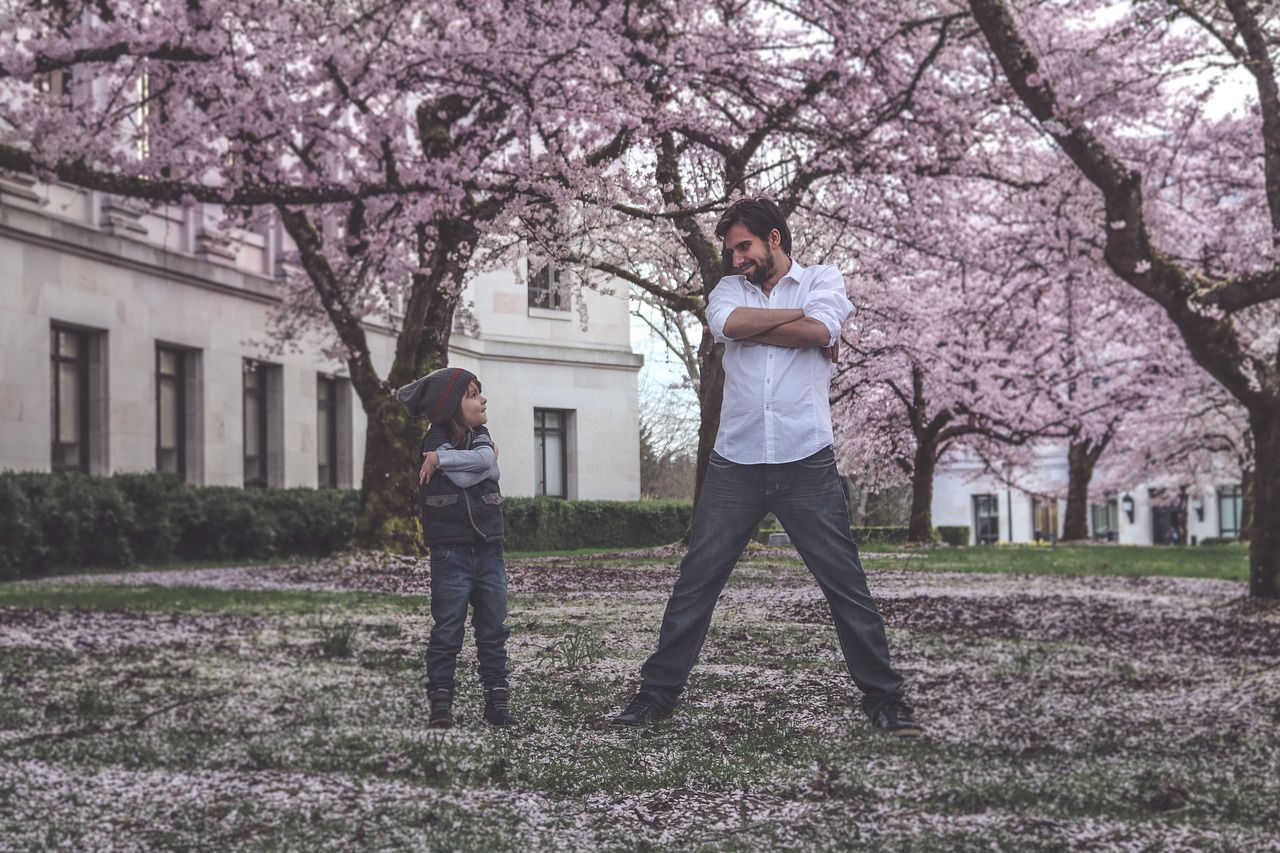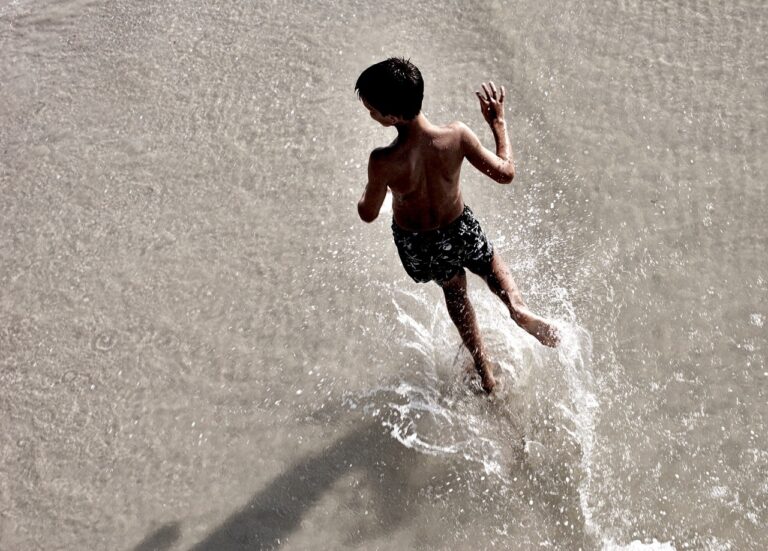The Role of Film Production Scenic Artists
laser247 register, lotus3655, sky247login:Film production scenic artists are an essential part of the filmmaking process, responsible for creating visually stunning and immersive environments that bring movies to life. These talented individuals use their creative skills to design and paint sets, backdrops, and props that enhance the storytelling and overall cinematic experience. In this article, we will explore the important role of film production scenic artists and how they contribute to the success of a movie.
The Creative Process
The work of a film production scenic artist begins long before the cameras start rolling. They collaborate closely with production designers, art directors, and set decorators to bring the director’s vision to life. This often involves interpreting sketches and concept art to create detailed plans for each set or location. Once the design is approved, scenic artists use a variety of techniques to transform blank canvases into realistic and immersive environments.
Building Sets
One of the primary responsibilities of a film production scenic artist is building sets from scratch. This can involve constructing walls, floors, and other structural elements to create a believable backdrop for the actors. Scenic artists must pay close attention to detail, ensuring that each set is both visually appealing and practical for filming. This often requires a combination of carpentry skills, painting techniques, and creative problem-solving.
Creating Props
In addition to building sets, film production scenic artists are also responsible for creating props that will be used in the movie. This can range from furniture and decorations to intricate mechanical devices. Scenic artists must be proficient in a wide range of materials and techniques, from sculpting and molding to welding and woodworking. They must also closely follow the director’s instructions to ensure that each prop fits seamlessly into the overall aesthetic of the film.
Painting Sets
One of the most important skills for a film production scenic artist is the ability to paint sets. Whether recreating a historical period or crafting a fantastical world, scenic artists must use color, texture, and lighting to create depth and dimension on a flat surface. This often involves techniques such as faux finishing, trompe l’oeil, and mural painting. Scenic artists must also work efficiently and collaboratively, often under tight deadlines and budget constraints.
Collaboration
Film production scenic artists are part of a larger team of craftsmen and technicians who work together to create a cohesive and visually stunning movie. They must collaborate closely with set designers, prop makers, carpenters, painters, and other crew members to ensure that each element of the production is cohesive and seamless. Communication and teamwork are essential skills for a scenic artist, as they must be able to adapt to changes in the production schedule and respond to feedback from the director and production staff.
Problem-Solving
In the fast-paced world of film production, unexpected challenges are bound to arise. Film production scenic artists must be able to think quickly on their feet and come up with creative solutions to any problems that may arise. Whether it’s a last-minute change in the script, a prop that doesn’t work as intended, or a set that needs to be redesigned on the fly, scenic artists must be flexible and adaptable.
Attention to Detail
One of the most important qualities of a film production scenic artist is attention to detail. Every brushstroke, every prop, every set piece must be meticulously crafted to create a believable and immersive world for the audience. Scenic artists must have a keen eye for color, texture, and composition, as well as the patience and dedication to see a project through to completion. A strong attention to detail is what sets a good scenic artist apart from a great one.
Conclusion
Film production scenic artists play a crucial role in the creation of visually stunning and immersive environments that bring movies to life. From building sets and creating props to painting backgrounds and collaborating with other crew members, scenic artists are essential to the success of a film. Their creativity, craftsmanship, and attention to detail help to transport audiences to different worlds and tell unforgettable stories on the big screen.
FAQs
Q: What qualifications do I need to become a film production scenic artist?
A: While there is no specific educational requirement to become a scenic artist, most individuals in this field have a background in art, design, or theater. Many scenic artists also complete internships or apprenticeships to gain hands-on experience in the industry.
Q: How much do film production scenic artists earn?
A: Salaries for film production scenic artists can vary widely depending on factors such as experience, location, and the size of the production. On average, scenic artists can earn anywhere from $30,000 to $70,000 per year.
Q: What is the typical work schedule for a film production scenic artist?
A: The work schedule for a film production scenic artist can vary depending on the production schedule and the demands of the project. Scenic artists may work long hours, including nights and weekends, to meet deadlines and ensure that sets are completed on time.
Q: What skills are essential for a film production scenic artist?
A: Essential skills for a film production scenic artist include proficiency in painting, carpentry, sculpting, and other craft techniques, as well as strong communication, teamwork, and problem-solving skills. A keen eye for detail and a passion for creativity are also important qualities for success in this field.







